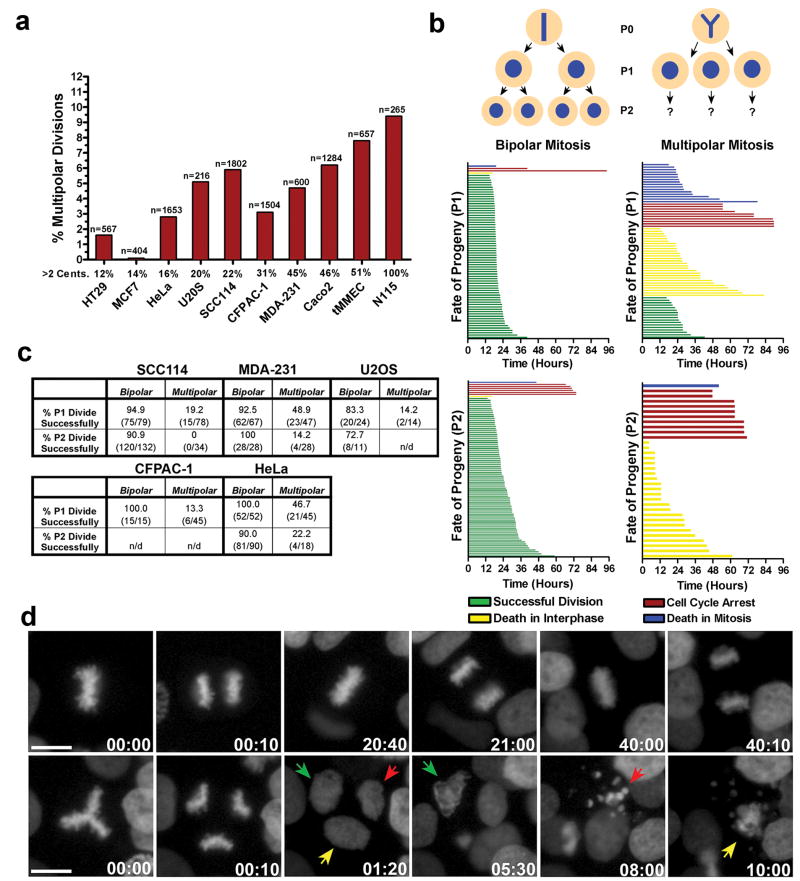Figure 1. Multipolar cell divisions are rare and the progeny are typically inviable.
a) The percentage of different cancer cells that undergo multipolar cell division based on live-cell imaging (n= number of cell divisions). b) A representative cell fate analysis from SCC114 cells. Individual cell fates of progeny from both bipolar (left column) and multipolar (right column) cell divisions (represented by single colored lines) are shown. c) Percentage of progeny from bipolar and multipolar cell divisions that undergo successful cell division. d) Still frames from the imaging experiment represented in b showing a representative SCC114 cell undergoing several rounds of bipolar cell division (top row), or a single multipolar cell division (bottom row). Colored arrows track the fate of the three progeny from the multipolar cell division (Supp. Movie 1). Time, hours:minutes. Scale bar, 10 μm.

